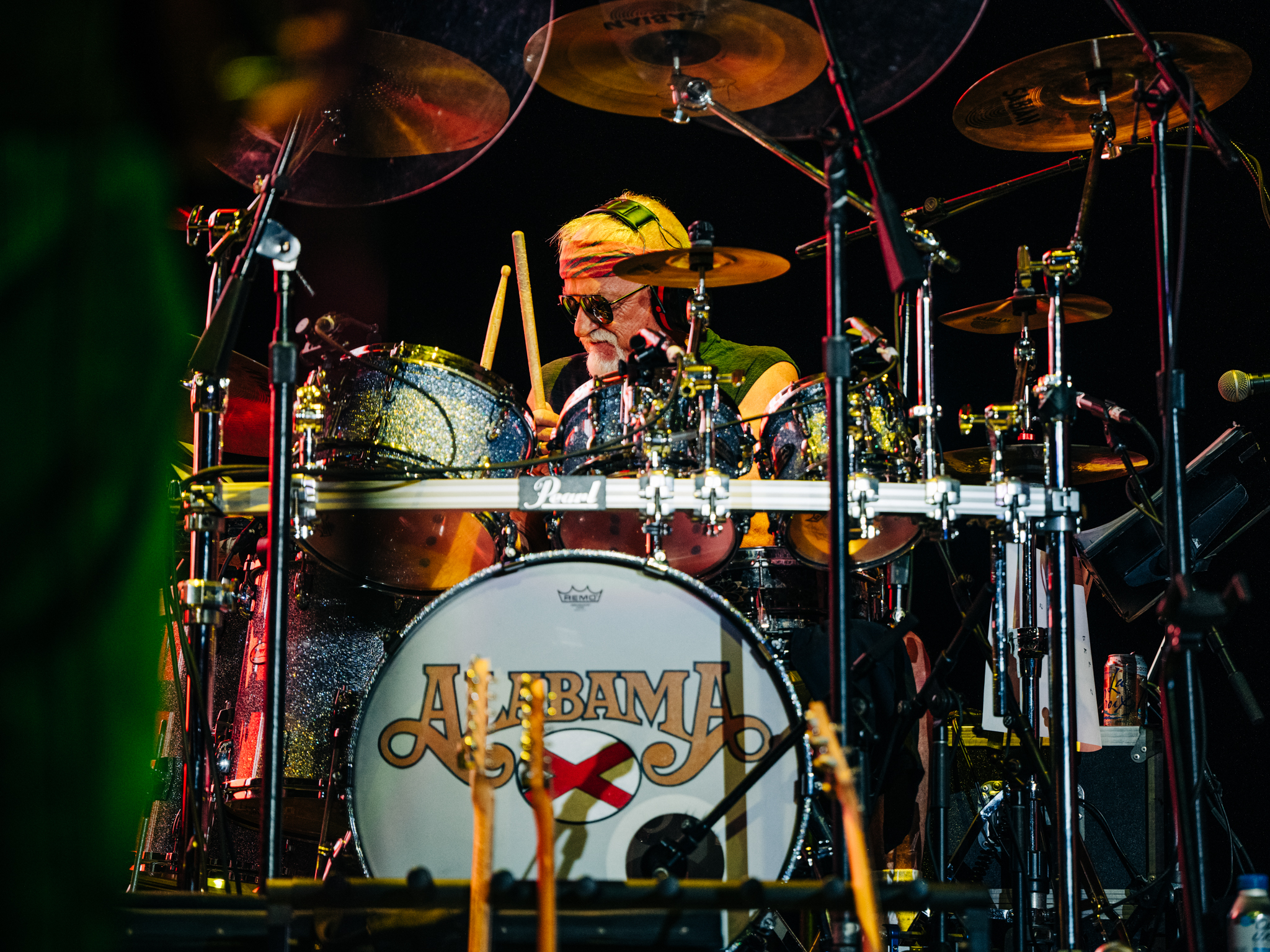Pew Study: U.S. Christianity Decline Slows as Religious Trends Stabilize

The 2023-24 Religious Landscape Study (RLS) conducted by Pew Research Center reveals that after years of steady decline, the proportion of Americans identifying as Christian appears to have stabilized in recent years. Similarly, the rapid increase in the religiously unaffiliated population has also plateaued, suggesting a period of relative steadiness in the U.S. religious landscape. Currently, 62% of U.S. adults identify as Christian, including 40% who are Protestant, 19% who are Catholic, and 3% who belong to other Christian traditions. Meanwhile, 29% of Americans are religiously unaffiliated, with 5% identifying as atheists, 6% as agnostics, and 19% as “nothing in particular.” Religions outside of Christianity make up 7% of the population, with 2% identifying as Jewish and 1% each as Muslim, Buddhist, or Hindu.
While Christianity’s share of the population has declined significantly from 78% in 2007 and 71% in 2014, it has remained relatively stable between 2019 and 2024, hovering around 60% to 64%. Similarly, the Protestant share of the population has been level since 2019, and the Catholic population has shown only minor fluctuations since 2014. Despite these changes in affiliation, key measures of religious observance have remained relatively stable in recent years. About 44% of U.S. adults say they pray daily, a significant decline from 2007 but consistent with levels observed since 2021. Similarly, 33% report attending religious services at least once a month, a figure that has held steady in the low 30s since 2020. Majorities of Americans maintain spiritual beliefs, with 86% believing in a soul or spirit, 83% in God or a universal spirit, and 70% in heaven, hell, or both.
One factor shaping the future of religion in the U.S. is generational differences. Younger adults, particularly those aged 18-24, are notably less religious than older adults. Among this youngest cohort, only 46% identify as Christian compared to 80% of the oldest adults, and just 27% pray daily compared to 58% of those 74 and older. Furthermore, 43% of young adults are religiously unaffiliated, compared to only 13% among the oldest Americans. Religious upbringing also appears to be less “sticky” among younger generations, as fewer young adults who were raised in religious households retain high levels of religious practice in adulthood, while those raised without religion are more likely to remain unaffiliated.
Religious switching continues to reshape the American religious landscape, with 35% of U.S. adults having changed their religious identity since childhood. Christianity has seen net losses due to switching, while the religiously unaffiliated have experienced net gains. For every convert to Christianity, approximately six people leave the faith. Among Protestant denominations, all three major traditions have declined since 2007. Evangelical Protestants now make up 23% of U.S. adults, down from 26%, while Mainline Protestants have fallen from 18% to 11%, and historically Black Protestant churches now represent 5% of U.S. adults, down from 7%. However, nondenominational Protestantism has been growing, suggesting a shift away from traditional denominational labels.
Religious trends also vary by demographic and political affiliation. Women remain more religious than men, though the gender gap has narrowed, especially among younger generations. The share of self-identified liberals who are Christian has dropped from 62% in 2007 to 37% today, while among conservatives, Christianity has declined more modestly from 89% to 82%. Racial and ethnic diversity also plays a role, as most congregations remain racially homogeneous, with 66% of religious attendees reporting that most or all of their congregation shares their race or ethnicity. Additionally, a majority of immigrants (58%) identify as Christian, while 14% belong to non-Christian religions, including 4% who are Muslim and 4% who are Hindu.
Looking ahead, Pew Research Center notes that while recent years have shown stabilization in religious affiliation, long-term trends suggest that Christianity’s share of the population may continue to decline. Given that younger generations are less religious and there is no strong evidence that religious affiliation increases with age, future studies will determine whether this period of stability is temporary or marks a lasting shift in American religious identity. The 2023-24 Religious Landscape Study provides a detailed, data-driven look at religion in America, underscoring both continuity and change in how Americans practice and identify with faith.
RECENT










BE THE FIRST TO KNOW
More Content By
Think American News Staff










